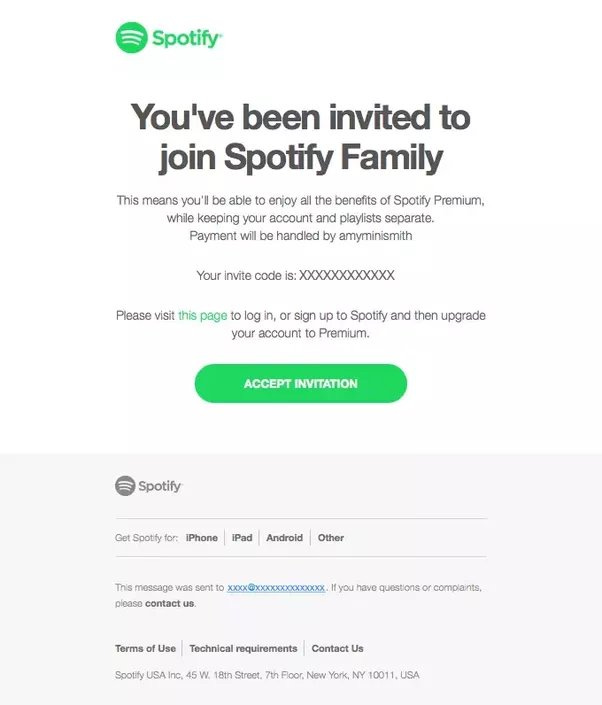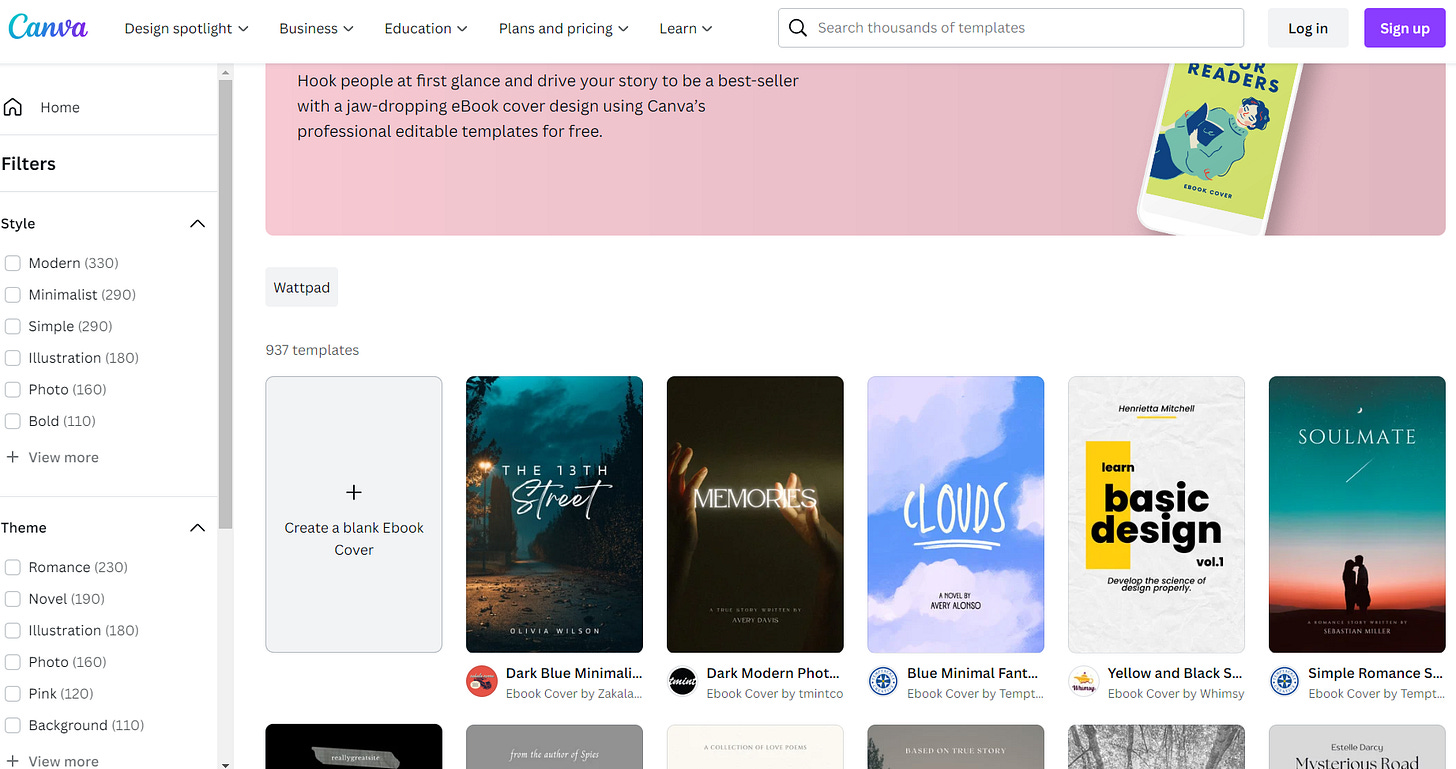What a couple of weeks we’ve had before the upcoming holiday break, huh?
Some highlights:
The Football world cup ended with an adrenaline-pumping encounter but not without controversy.
ChatGPT screenshots on LinkedIn are at an all-time high & it seems people can’t have enough of it. There’s even a Google chrome plugin to take conversation snaps now.
The Great Resignation is officially over as layoffs skyrocket.
Elon Musk continues to resort to audience polls to decide his future.
Phew.
Before, we start with this week’s edition, a little note:
Author’s Note
I’ll be travelling for the next couple of weeks so, Behind Product Lines might be on a mini-break after next week’s edition till mid-January.
I wanted to take this opportunity to sincerely thank the community for the incredible support this year. In just a little over 7 months, we grew from 0 to over 4K subscribers. I’m incredibly honored by the trust you’ve afforded to me to keep showing up in your inboxes. I cannot thank you enough.
At the same time, I realize you have several choices to consume content from & I don’t want to take your subscription for granted.
Thus, I’d love to hear your feedback on the newsletter. Let me know what stands out, what you’d like me to improve on and what would you want me to write about in coming times. I will ensure I personally read every note. Please submit your feedback here.
— Aatir Abdul Rauf
In this weeks’ edition, we’ll talk about:
What Product Managers can learn from Asana’s product culture
5 growth loops to grow a product on a budget
Let’s begin.
What Product Managers can learn from Asana
Asana - the popular task management and productivity tool - is perhaps one of the pioneers of Product-led growth even before the term was coined.
With revenues of $141.4 million, an increase of 41% year over year1, Asana still stands as a strong player in the space.
Here’s a potpourri of learnings I’ve stumbled on after studying Asana over the years:
1. Offer a strong freemium
Asana's been product-led since 2008. Until you get 15 members on the workspace, you don't pay a dime. There’s no limit on projects or tasks. While advanced features are hidden behind a paywall, Asana’s freemium allows any small team to do the bare necessities without feeling friction.
A long-lasting freemium seems contrary to good business sense, but it allowed Asana to open up the top of funnel wide & collect copious amounts of data to iterate & improve the product. Moreover, teams stick with Asana for years, eventually upgrading when needs expanded.
2. Combine Product-led with Sales-led Motions
The likes of Asana, Monday, Notion, Hubspot & Slack are living examples of how revenues accelerate when you allow sales-led & product-led models to tag-team.
What does that look like in practice?
Product-led Growth: offer an easy avenue for individual users to try out the product. Once they’ve managed projects on Asana, drunk the Koolaid, the hope is that they’ll invite their teams to invoke a network effect.
Sales-led Growth: deploy a sales team that looks at the product utilization of these individual users (OR alternatively, hunts down new companies that would likely benefit from Asana). They approach the former with inviting offers to roll out Asana to the larger organization at a generous discount.
Image Credit: Elena Verna
Around 40% of Asana's revenues come through enterprise sales (not self-serve). After all, you can't get big-ticket enterprise accounts worth > $100K with a credit card swipe.
3. Identify activation metrics that indicate potential to upgrade
While a hybrid model harbors dual power, it's easy to get it wrong.
Sales can cannibalize the freemium tier by losing users when they try to force them down an expensive subscription. Similarly, the freemium/free trial can usurp a promising lead sales that was ripe for an enterprise deal.
Asana avoided this predicament by identifying a usage metric that flagged what user accounts sales could engage with for enterprise upgrades.
Number of invites a user sent out.
The more invites were dispatched, the bigger team packages they were likely to buy. After a certain threshold, it made sense for a sales rep to get involved to guide the conversation.
Knowing your value metric makes a lot of difference.
4. Frontload user discovery
Jackie Bavaro, Asana's first PM, commented that they exploited the Double Diamond Discovery Model: Focus intensely on the problem space, frame the pain point correctly & then delve into solutions.
Here’s Jackie:
We (were) loosely following the Double Diamond Model with 2 rounds of expansive thinking, one for the problem and one for the solution. This separation is hugely helpful in getting everyone on the same page. Our first milestone is largely about reviewing the goals and scope of the project, before we get into the details of the solution.
They also iterated a lot with customers "efficiently": Prototyped concepts & had customers click through Figma designs to get feedback.
5. Deploy a buddy system for Product Managers
Just like peer programming, Asana experimented with a buddy PM system where two PMs would work on a problem & bounce ideas off each other. They gave PMs (who are usually lone rangers) a support system with sounding boards. That gives a strong foundation to a product culture.
Moreover, they'd have product leader meetups for spec/design feedback (much like code reviews). This intense collaboration allowed for innovative ideas to take genesis.
I realize this may be impractical for organizations that may not be able to afford so many personnel especially in the current economic climate. However, at the same time, it highlights how important it is to create a product community within the organization to be able to keep product front & center of your business cycle.
6. Create a process to consolidate voices of multiple stakeholders
I get this question a lot.
PMs complain that they receive several inbound requests from sales, customer success, leadership - all with a threatening level of urgency. When planning a quarterly roadmap, it becomes challenging to pick out which problem themes to select without creating friction.
While “saying no” is the often used tactic here, creating a process to consolidate everyone’s opinion and then converting that into an action plan is important.
Asana solved this with their “Voice of the Customer” (VoC) program. This consisted of three pillars:
Capture: Every team that interfaces with a customer (e.g. sales, support, customer success etc.) files their top 10 product requests. This decentralizes the triage process by forcing individual teams to prioritize based on what requests come with more frequency.
Collaborate: The owner of the VoC program then takes these top-10 lists along with their learnings from their own discovery processes and collaborates with the various leaders to get their buy-in.
Condense: The leader circle then shortlist & align on the top 10 requests out of these lists that best push forward the company’s vision.
This helps cross-functional departments understand the top themes the product team will focus on & more importantly, what they won’t be working on. This effectively reduces questions around when a certain feature will be rolled out & allows customer-facing teams to communicate more accurately what to expect from Asana next.
7. Embed AI in the product DNA
We already have seen how revolutionary AI can be with ChatGPT. Asana, like many other products, are also hedging their bets on creating delightful experiences with AI.
One of their short-term ideas are to see how Asana can become a digital work assistant that directs you on what to focus on. It will also attempt to carry a more active burden e.g. creating tasks from meeting transcripts & highlighting risks.
This could eventually easily extend into generating tasks descriptions (user stories) & building out complex workflows via voice prompts.
AI will become a fundamental building block to reduce time-to-value - something every Product Manager should consider in 2023.
—
In conclusion, Asana has been able to:
show growth through a combination of product-led & sales-led growth.
build strong product culture through collaboration & voice of customer programs.
create differentiators through innovations like AI
5 Ideas to grow a product on a budget
We’re nearing recessionary times.
As Akash Gupta noted in his latest post, Product Managers that can show financial impact will rise while those who can’t will be canned.
Thus, this question I received recently bears a lot more meaning now:
"As a SaaS Product Manager, how can I grow quickly with a low budget?"
Let’s talk basics. There are 2 models that products use to acquire users.
1- Funnels
You capture a user through paid or organic campaign. Some of those convert, few of them pay & even fewer stay. You keep repeating this lossy model.
2- Flywheels
You acquire a user through the same means. But you build product insets where each customer naturally reels in other users. In other words, every customer you convert fuels your acquisition even more turning your flywheel faster.
You still need some of the funnel aspect to bring in your initial user base.
However, consider devising growth loops in your product to allow for cost-effective, natural growth.
For example, we at vFairs use the following growth loop:
Customer signs up on the marketing site.
vFairs sets up a visually appealing virtual event.
Customer hosts the event & promotes it to their audience.
Attendee is impressed by the rich UX; notices "powered by vFairs" on the footer.
Attendee wishes for an event of their own for their org & clicks the link to learn more.
Thus, by conducting more virtual events, we naturally expose ourselves to relevant audiences who would like to host one for themselves.
The result? Anywhere between 3% to 8% of our monthly incoming leads came through after attending a virtual event. That is sales pipeline generated without spending a dime on marketing.
There are more variations of this growth loop.
Let’s explore a few that you can steal:
🎁Reward-based
Reward a customer with a product benefit in exchange for inviting their contacts via email (OR asking them to tweet positively about their experience).
Ex: Uber/Careem rewards customers with free rides/points for every friend they bring onto the app.
⭕ Scarcity
Develop a sense of exclusivity by allotting limited invites to each user. This encourages users to wisely use their "precious" invites by treating it as a prized asset.
Ex: Gmail & Spotify used this tactic when they started out.
🔗 Implicit Hook
The customer exposes the product to their contacts. The latter are delighted by the experience and notice the powering provider.
Ex: When someone uses another's Calendly or Hubspot meeting link to book a meeting, they are impressed by the scheduling experience and notice Calendly/Hubspot as the vendor leading to a sign-up.
👐 Collaboration-based
Encourage customers to invite teams to add more value to their work. Thus, this exposes the product to more people. This works great for large organizations with budgets for own tech stacks.
Ex: Miro thrives on collective brainstorming. As soon as team members are brought onto collaborate on a single board, they’ve put a foot in the door leading to further adoption.
📗 Templates
Templates work amazing well to reduce time-to-value but also paves a way to capture new users.
Example:
- The customer community develops a template on your product.
- The template is indexed on Google as a separate page.
- Others find the template, sign up & develop more templates.
Ex: Canva keeps growing their list of template types & expanding their search footprint.
What growth loops are you employing in your product today?
https://investors.asana.com/financials/quarterly-results/default.aspx










